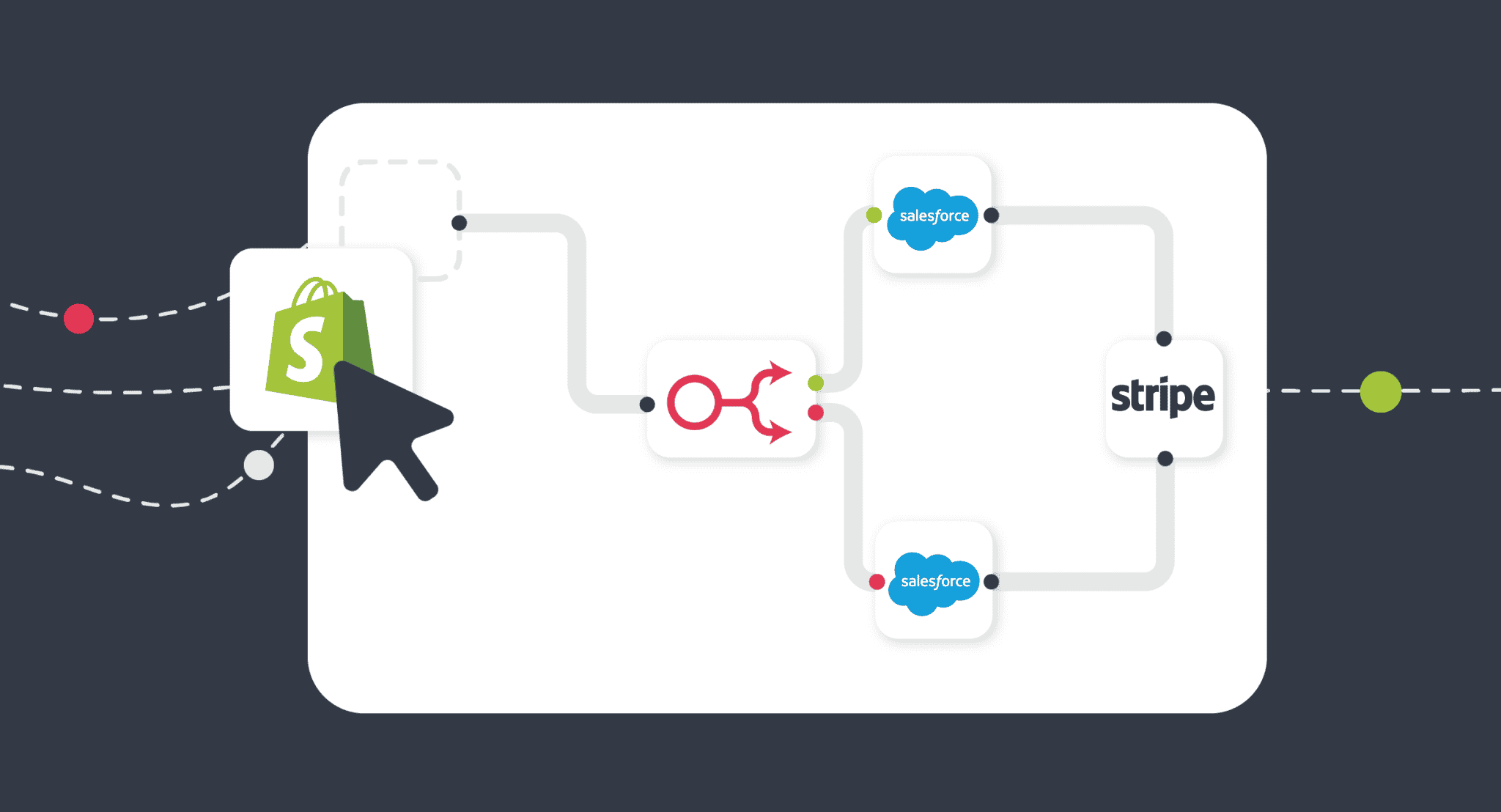
Updated on by Hayley Brown
Due to the abundance of data collected by organisations, it needs to be efficiently and effectively organised and stored to be beneficial to users. This is where data orchestration and data orchestration tools can help automate lengthy data processes.
As a result, data is collected and prepared for data analysis efficiently.
What is data orchestration?
Data orchestration is the process of collecting and organising data that is siloed from a number of different sources, making it accessible and preparing it for processing by data management and analysis tools.
Data orchestration allows you to automate and streamline your data-driven decision-making, as well as data fragmentation and integration.
Why is data orchestration important?
Data orchestration is important for organisations for numerous reasons:
- Lowers costs
- Introduces and maintains compliance and security measures
- Ensures proper data governance
- Removes any data bottlenecks/silos
- Improves efficiency and experience
- Informs decision-making
Where does data normalisation fit in?
Data normalisation is a technical database operation performed with the goal to refine and associate similar forms of the same data into a single data form. It identifies data relationships and inputs the results into tables within a database to keep track of the price of items for example.
In simple data normalisation, the columns respond to an attribute of an object represented by the entire table. For instance, customers. The rows on the other hand represent a unique instance of that attribute and must be different from any other row. For example, what they bought.
This can then be further expanded into more columns. The data in the third column data is then dependent upon the data in the first two columns, for example, the price of the item the customer purchased.
Data normalisation has the ability to reduce data errors, redundancies and duplications. At the same time as improving data integrity. Data normalisation has become a key component of data development and is ideally incorporated after the data orchestration process to organise and unleash the data’s capabilities.
What are data orchestration tools?
Data orchestration tools process data that is in different formats and transform it so it is in one standardised format. This results in faster data analysis.
For instance, simple data collection processes like capturing email addresses or dates, both of which can be collected in numerous ways can be reconciled.
In regards to integration, data orchestration tools help users set up, test and publish integrations with ease.
For example, Cyclr has an orchestration layer designed to allow users to create connections between APIs and third-party applications. This layer adds the ability to manage your data formatting so, you can format data separately between services. This is helpful when users’ requests and responses need to be split, merged or routed.
With drag-and-drop tools, users can create integrations and format the data to suit their needs or use cases. Tools such as field mapping, testing and templating help users develop workflows with ease.
As a result, the data is useful faster because it has been extracted, processed and made readily available across a number of SaaS applications in real-time.
Field Mapping
Field mapping allows users to map data from one app to another and then easily move that data between apps. So, whether your integrations are simple A to B or complex, multi-step processes your data with keep flowing in the field you mapped.
Testing
Testing tools are vital when you are building integrations and are important to be performed prior to the integration being published. Within integration builders, there is testing functionality allowing you to test and scrutinise your workflows to see the data flow. Transaction logs will help understand if any issues occur.
Templating
The beauty of building integrations is that they can be either custom-built or repeatable integration templates. Simply publish native integrations from within your application for end-users to use and repeat when needed.
How do data orchestration tools help with data orchestration and integration?
Data orchestration tools provide your API and integration with advanced intelligence when communicating with other services. At the same time as handling security and authentication tasks.
Pre-built API connectors and low code data orchestration tools help users to rapidly integrate new data sources, and existing data silos. As well as automate end-to-end processes across an organisation, without having to develop new custom scripts.